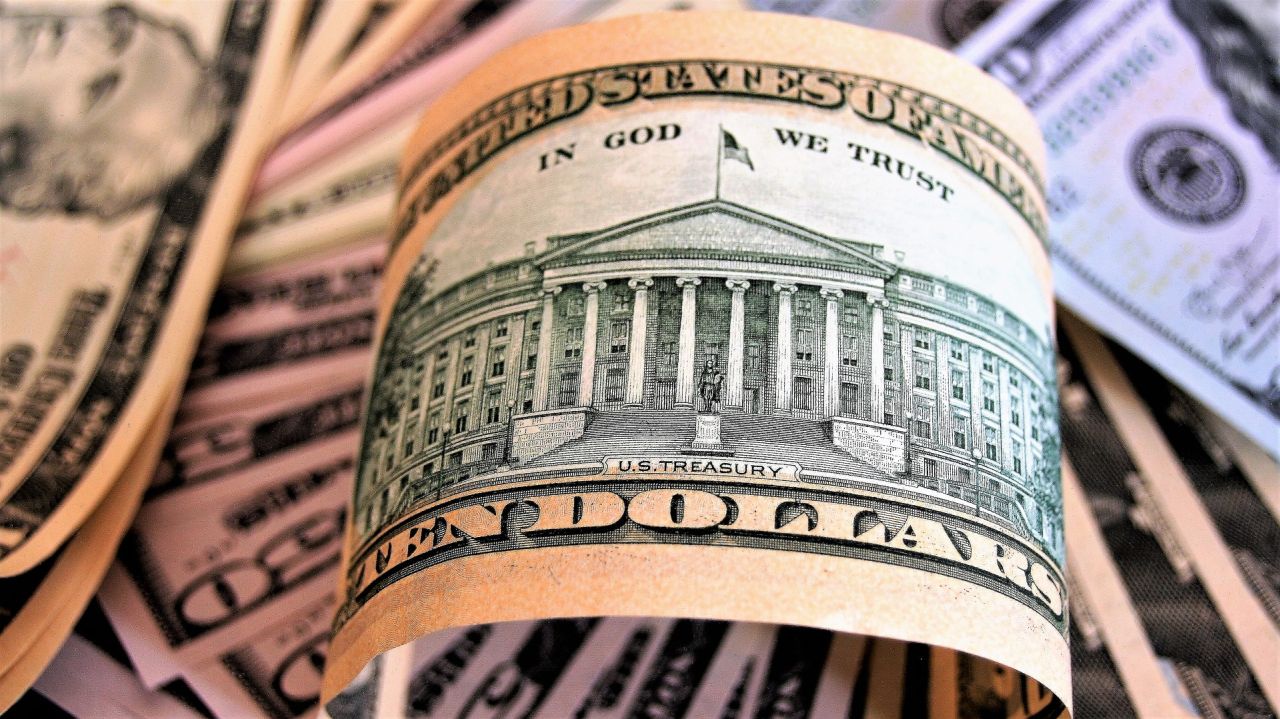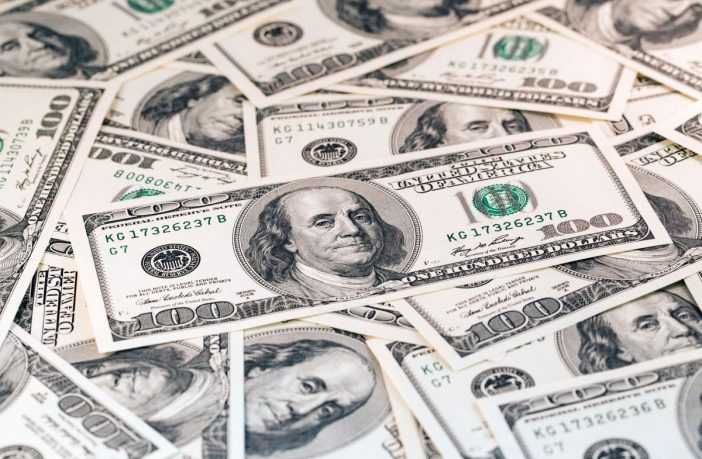Abandoning the dollar: reasons for decreasing stability of the U.S. currency
The economic crisis that caused the coronavirus pandemic has shown the fragility of many markets and the inability of countries to cope with force majeure. In addition, mankind has learned another important lesson – the dollar is vulnerable, and can not always stand. Realizing that the U.S. currency is not all-powerful, a number of countries are looking at other options to replenish reserves. For example, Russia and China are introducing a waiver of the dollar for bilateral transactions. Now the share of the U.S. currency in transactions between countries is 46%, and in 2015 the share of this money was at 90%.
The refusal to use the dollar, countries explain the desire to reduce dependence on the currency, as well as to reduce its leadership in the global market. About 93% of transactions in the world are conducted in American currency and euro.
Last year’s trade turnover between Russia and China was recorded at the level of 109 billion dollars, and the total volume of trade in the world market – 19 trillion dollars.
Confidence in the U.S. currency declined after the U.S. pandemic, when it became clear that the financial system was failing to cope with the crisis. In addition, not all experts agree with the policy pursued by the White House to save the economy. The risk of inflation rose sharply, and many investors began getting rid of dollar assets and buying gold.
The Federal Reserve system has been pouring capital into the local budget for a long time. Even in summer it increased by 2.8 trillion dollars. Such aggressive steps jeopardized the reliability of American money and its stability in the world market. Fears arose that the dollar might soon lose its reserve currency status.

Analysts point out that not always correct financial policy of the U.S. government is fraught with consequences in the long run. Signs of an impending crisis are also inflation indicators.
As the stability of the dollar decreases, the cost of gold increases. At the end of last year the price of an ounce of precious metal was 2 thousand dollars. If the U.S. government continues to reduce the key interest rate, we can expect the cost of 2.3 thousand dollars and above.
At the end of summer, the price of the U.S. currency against the euro has fallen to its lowest values in the last 2 years. The reason for this was the measures introduced by the European Union to save the economy, for which 750 billion euros were allocated.
A number of analysts predict that during 2021-2022 years, the dollar will fall in price by 30% compared to other key currencies. This situation may be caused by a number of factors, including problems that have long accumulated in the U.S. economy, but were not so tangible before the pandemic.




